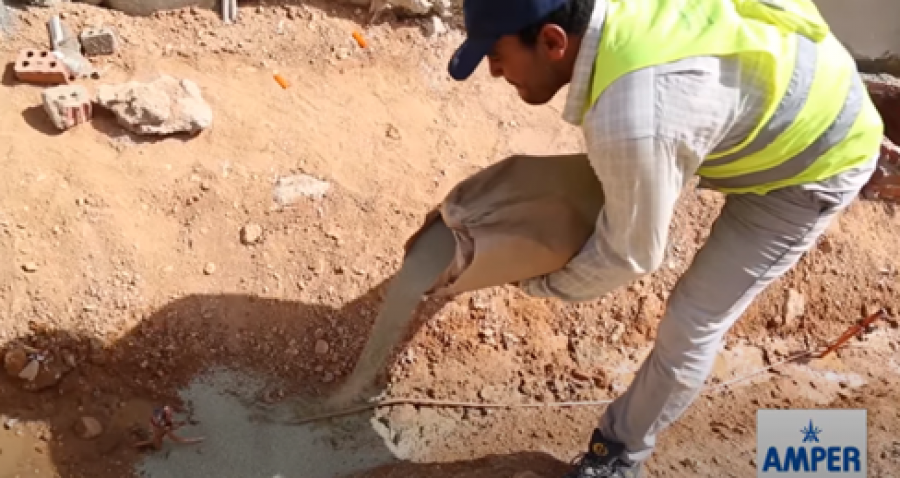
What is Earthing? What is Grounding Resistance? Why Does It Rise? How to Reduce It Fastest?
Grounding is a vital method used to increase safety in electrical systems.
Grounding resistance is the name given to the resistance of the soil when passing electric current. Grounding resistance is an important factor determining the effectiveness of the grounding system
There may be several reasons for the grounding resistance to rise:
- Soil Quality: Soil with good conductivity properties provides low resistance. Sandy soils generally show better conductivity than clay soils
- Moisture Level: Conductivity increases when the soil is moist; dried out or low moisture soils can result in higher resistance. Excessive moisture can increase the ionisation of minerals within the soil, which can increase grounding resistance.
- Grounding Elements: Grounding elements must be of adequate size and of suitable material. Over time, they can corrode or separate from the soil, which can lead to increased resistance
- Environmental Conditions: Moisture, salt, chemicals in the air may affect earthing elements and connections over time
- Corrosion: The earthing conductor, e.g. a copper conductor, can be physically damaged and this damage can cause problems such as ruptures and corrosion in the internal structure of the conductor, and the resistance of a damaged conductor can increase. Soils with high moisture and salt content can damage earthing rods over time, resulting in increased resistance
How to Reduce Grounding Resistance?
There are several methods to reduce the earthing resistance:
Increasing the number of ground rods or plates.
Using TDM Earth Resistance Reducing Powder
Moisture balance by moistening the soil
Using larger earthing electrodes
Cleaning corrosion at connection points helps to reduce resistance. Look out for problems such as fractures, breaks or corrosion formation in copper conductors
Preventing deformation of the connection points ensures that the resistance remains low. Regularly check and clean earthing points such as the earthing rod or earthing plate. Dirty or rusty surfaces can increase the grounding resistance.
Grounding resistance should be checked by performing regular grounding tests. These tests help you evaluate the operating performance of the earthing system and take corrective measures if necessary.
These methods play an important role in ensuring electrical safety by increasing the effectiveness of the earthing system. Low grounding resistance ensures safe transfer of electric current to the ground and helps prevent electrical accidents.
For detailed information about the installation of the Grounding System, please visit the link below.